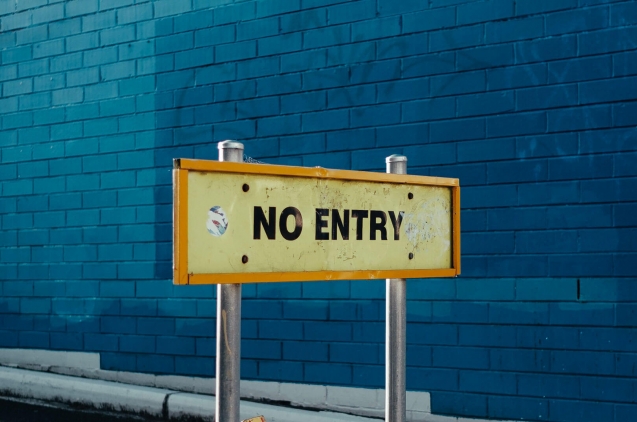Many years ago, the king of usability Jakob Nielson said that “if people can’t use a website because it isn’t intuitive, they’ll go somewhere else.” He was right.
Unfortunately today, a large percentage of websites still have serious problems with usability. The majority of web developers don’t analyse usability because they have little to no idea about the content or the design, only thinking about the aesthetics and not the usability.(?)
So because of this, we have a list of important rules for usable websites.
The quality of a website’s design is an indicator of its credibility
Multiple studies have shown that people don’t use any particular criteria when judging a website. Instead overall design is the first test of credibility, above even the reliability and quality of information.
Scrolling
With the appearance of smartphones, there is no choice but to use scrolling on almost every site since users have become used to it.
However, things like logos, navigation menus and headings should still be placed visibly at the top.
Blue is still the best color for links
Ever since Sir Tim Berners-Lee created the first hypertext pages and picked the links to be blue (an apparently random choice), the color has remained the same.
Blue is one of the least problematic colors for people with vision problems, meaning almost everyone can see blue or distinguish blue from other colors.
White space improves comprehension
This unseen (but not unnoticed) element has a strong impact on the UX. If you want something to stand out, add white space around it.
Users don’t see advertising
“Banner blindness” says that most of us consciously or subconsciously ignore information shown in banners. Because of this, we should avoid doing anything that makes a block seem like a banner ad.
The Pareto rule applies to the internet too
20% of users generate 80% of profit, is what this says… buying, submitting forms, commenting...
3 clicks is the max
Users should be able to find what they are looking for without clicking more than 3 times on a site. This is especially important for online stores.
Humans can only remember 5 to 9 things at a time in their short term memory
The classic rule of 7 give or take 2 has been applied since the 90’s, limiting the number of navigation menu items to 7. But this rule can also apply to other website elements like blocks of information and categories.
Load time is inversely proportional to user satisfaction
Another classic principle, the two second rule says that users should not wait more than two seconds to get results from an action like loading a page or something similar.
Off screen navigation menus aren’t only for smartphones
Since Facebook created the first off screen navigation menu, users have become accustomed to them, and today that new standard applies to every screen resolution.


